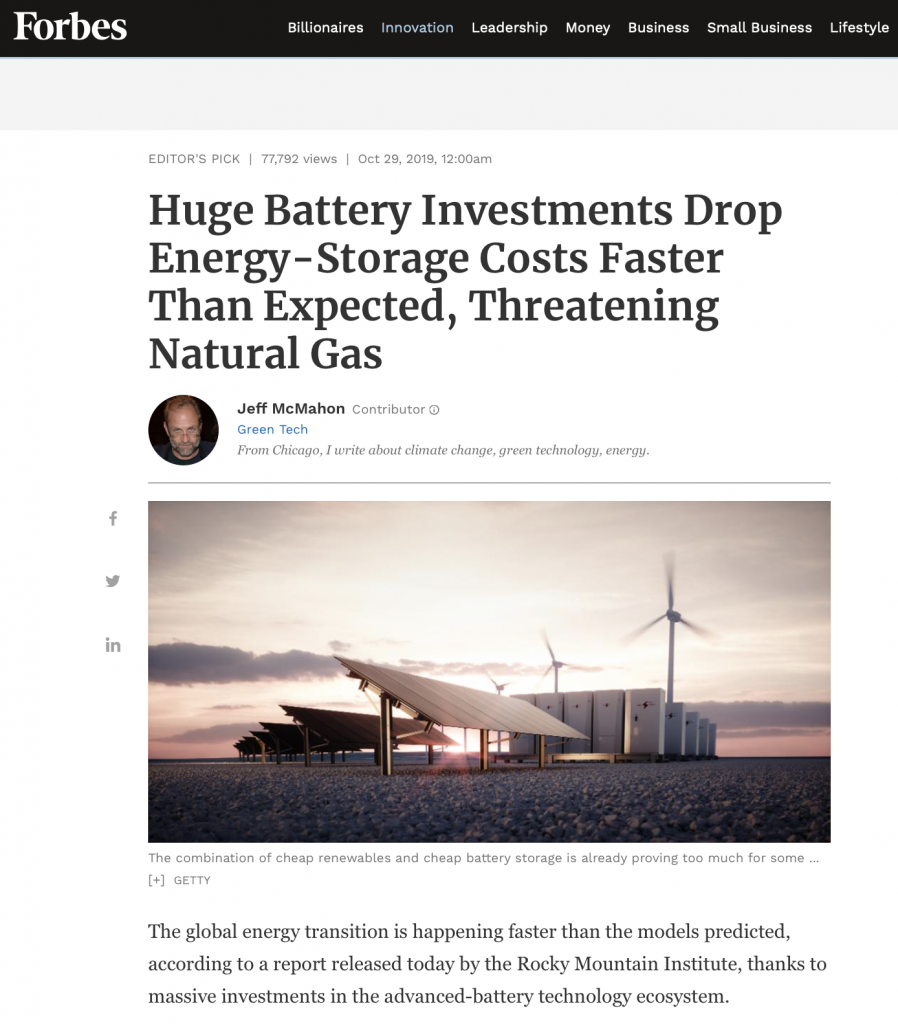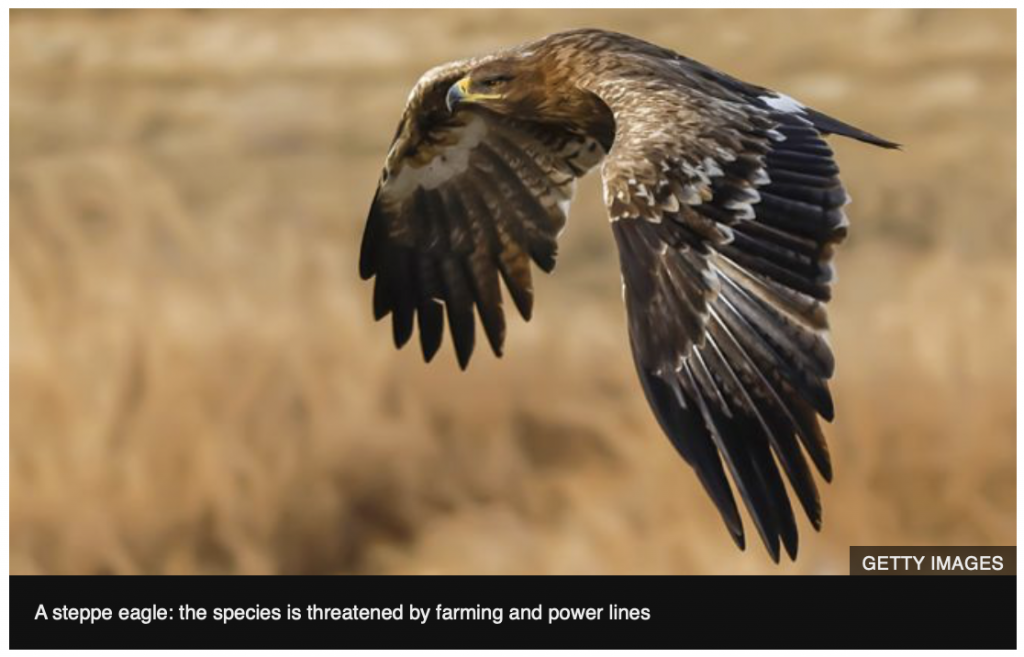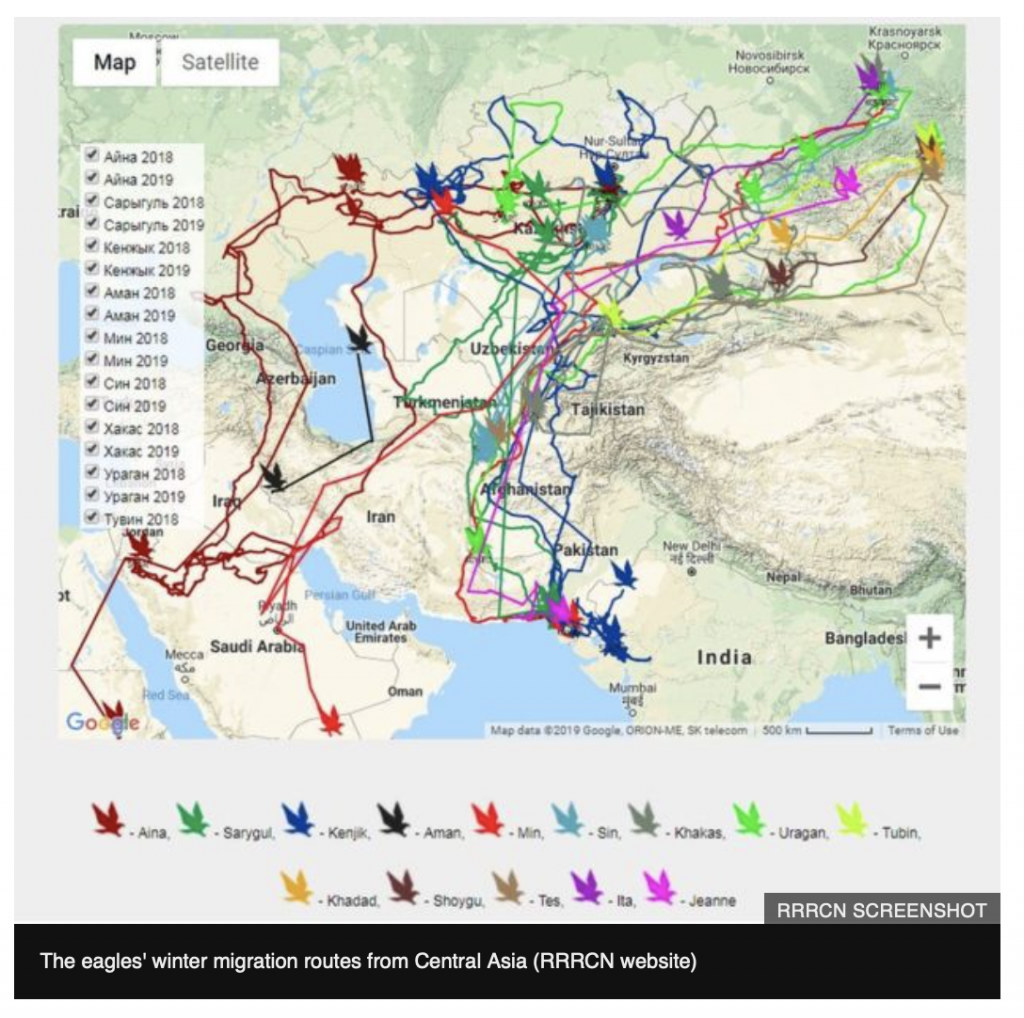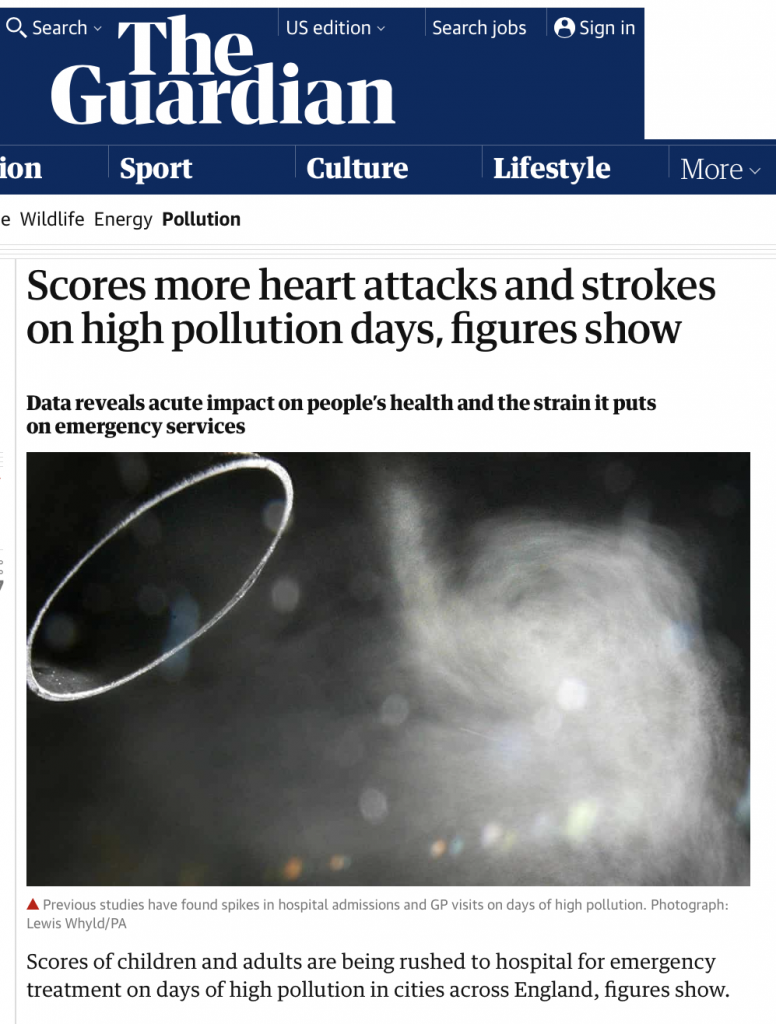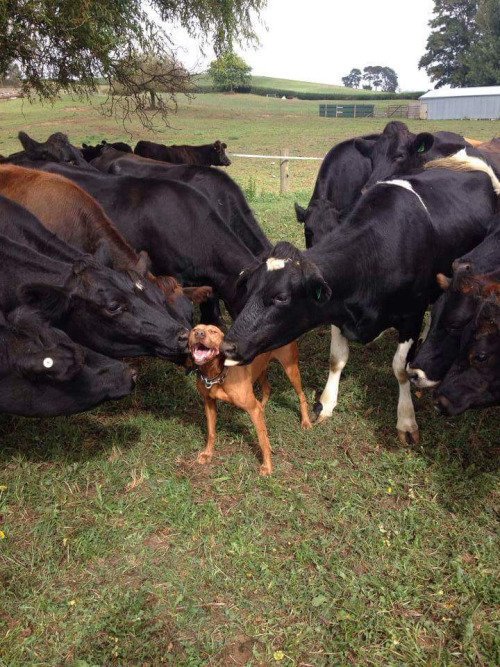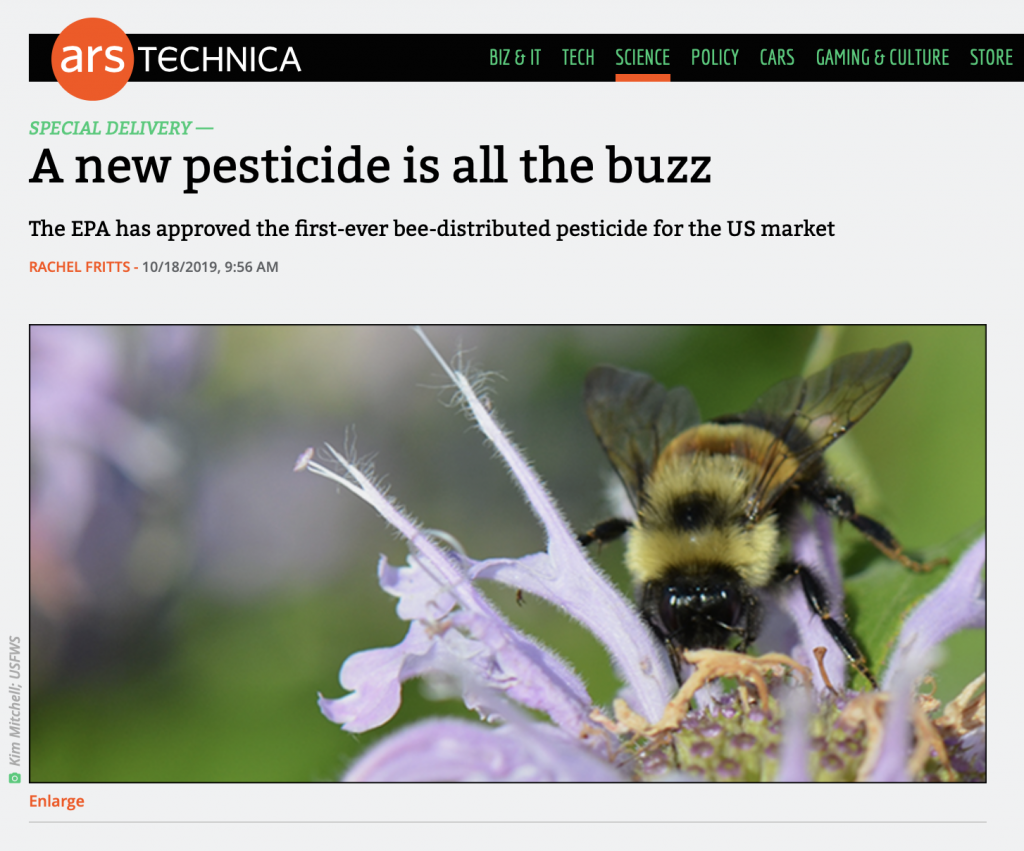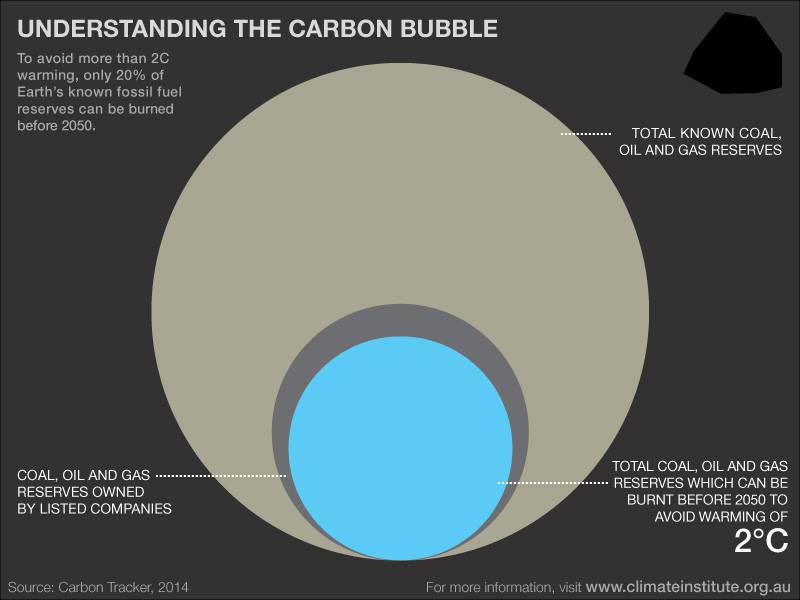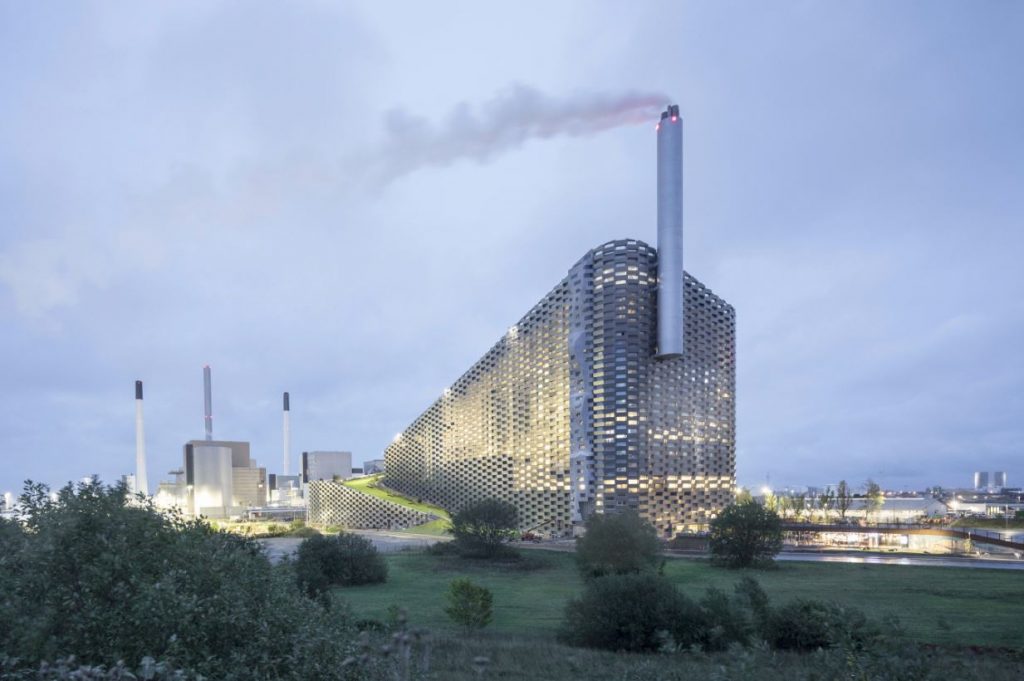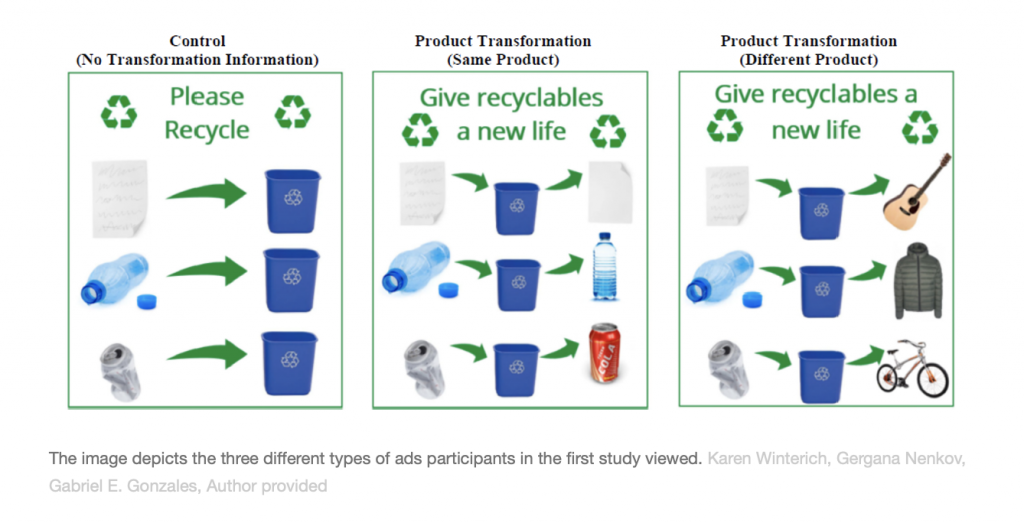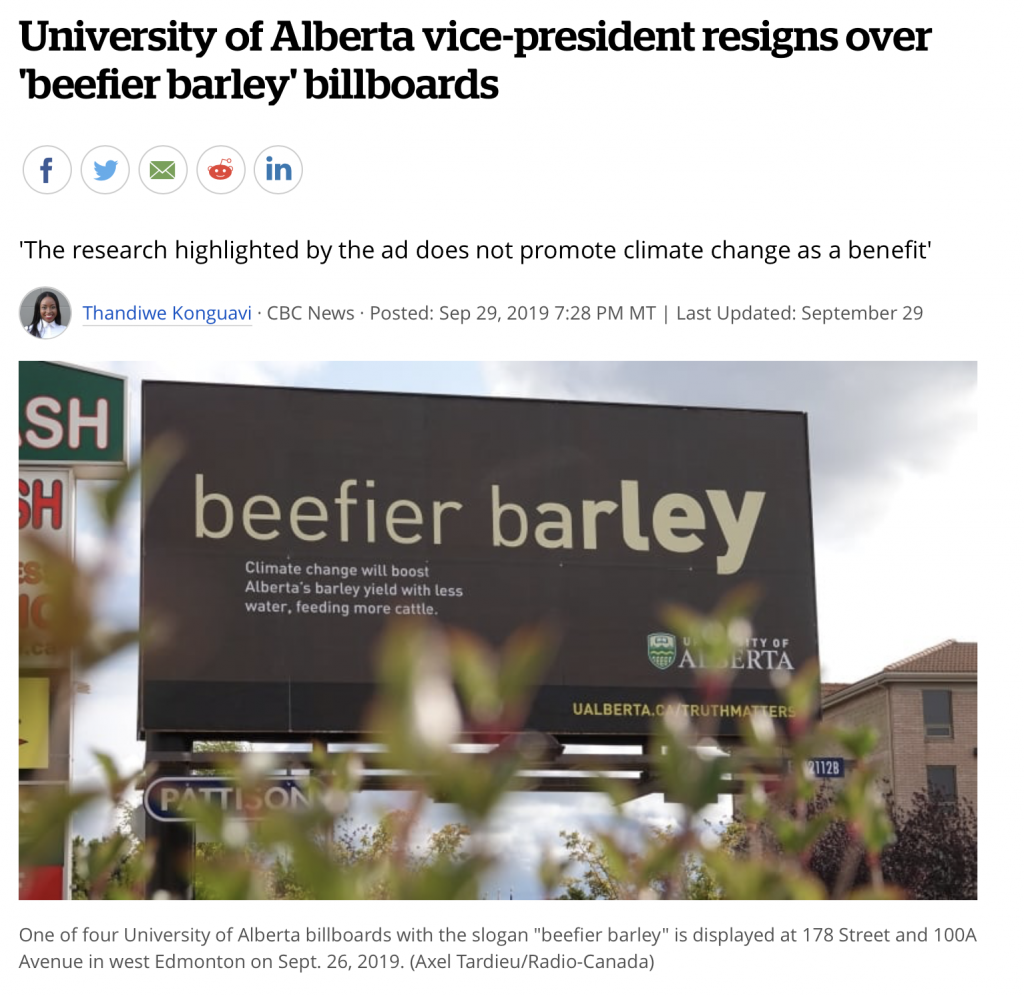The global energy transition is happening faster than the models predicted, according to a report released today by the Rocky Mountain Institute, thanks to massive investments in the advanced-battery technology ecosystem.
Previous and planned investments total $150 billion through 2023, RMI calculates—the equivalent of every person in the world chipping in $20. In the first half of 2019 alone, venture-capital firms contributed $1.4 billion to energy storage technology companies.
“These investments will push both Li-ion and new battery technologies across competitive thresholds for new applications more quickly than anticipated,” according to RMI. “This, in turn, will reduce the costs of decarbonization in key sectors and speed the global energy transition beyond the expectations of mainstream global energy models.”
More: Huge Battery Investments Drop Energy-Storage Costs Faster Than Expected, Threatening Natural Gas
